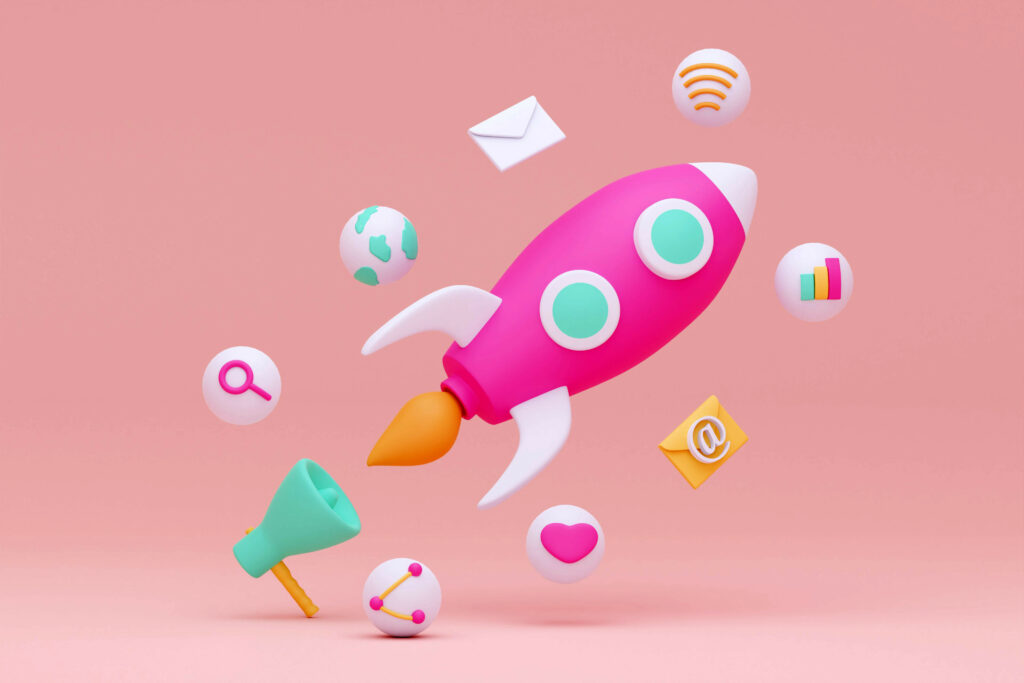Enchanting your customers: A guide to boosting your email and SMS marketing on Halloween 🎃
Enchanting your customers: A guide to boosting your email and SMS marketing on Halloween 🎃 Halloween is much more than costumes and candy. For brands, it represents a golden opportunity to engage, excite and build customer loyalty through email and SMS marketing campaigns. Harnessing the spirit of the season in your strategies can increase engagement and even sales. Here’s how to do it. 👻 1. Scare with your subject lines and arouse curiosity 👀 Emails should be as irresistible as the offers they contain. On Halloween, play with creative subject lines that generate a bit of mystery, or even a touch of fear. Use emojis and phrases that allude to the unexpected or fun, such as: ‘👻 Only for the brave: Spooky offers inside!’ “Trick or treat! Open if you dare… 🎃” Remember that the first step to a successful email campaign is getting them to open the message. With an intriguing subject line, you’ll capture your subscribers’ curiosity from the first glance. 2. Create a Halloween visual experience 🎨 Aesthetics count. Take advantage of visual resources and make your emails breathe the Halloween atmosphere. Images of pumpkins, skeletons, bats and a colour palette in dark and orange tones can give that thematic touch that surprises and involves the customer in the festivity. In addition, gifs and videos of spooky elements can make your mailing much more dynamic. You can even include a ‘virtual trick or treat’, with buttons that lead to special offers or hidden discounts. 🕸️ 3. Incorporate Halloween offers and promotions 💰 Halloween is the perfect time to create unique offers. Halloween is a perfect time to create unique offers. Urgency is key on this date, so consider implementing: Time-limited offers: A discount that lasts only until midnight can be irresistible. Sweepstakes and contests: Encourage interaction in exchange for a chance to win a prize. Surprise discounts: Send a message offering trick-or-treaters a special discount only for those who respond before 31 October. Halloween offers are effective because customers are looking to take advantage of every opportunity, especially when presented as something exclusive and fleeting. 4. Use SMS for urgency and immediate impact 📲 SMS marketing can be the perfect complement to Halloween campaigns. Text messages have a very high open rate and are ideal for creating urgency at the last minute. Send last minute alerts: An SMS with the text ‘Last chance for your Halloween discounts!’ can trigger customers who haven’t yet interacted with your emails. Flash offers: Offer short promotions, lasting just a few hours, or even a secret discount code for those who respond to the message. In addition, personalised SMS with the customer’s name and a touch of mystery can instantly grab their interest: ‘Hi, [Name]! Dare to discover your surprise Halloween discount? 5. Don’t underestimate the Poower of personalisation and suspense 🔮. Halloween is a great opportunity to experiment with storytelling. Create emails and messages that follow a narrative. You can start with an email that creates intrigue, and follow up with one that offers a ‘secret clue’ or ‘challenge’ before revealing the final offer. Personalisation is key. With small variations, you can make each customer feel like they are having an experience tailored to them. Personalising the name, product recommendations and offering discounts based on their preferences is a big plus. 6. Optimise the frequency and timing of messages ⏰ Sending too many messages can scare off (in a bad way!) your customers. Plan an appropriate sequence, considering the duration of your promotion and the best time to make an impact. Remember that a reminder on 31 October, even during the late afternoon, can be key to capturing last-minute sales. Conclusion Halloween is a fun season, and your marketing campaigns can reflect that spirit. Through creative email marketing and a nimble, direct SMS marketing strategy, you can capture your customers’ attention, get them to interact with your brand and, most importantly, tie the memory of Halloween to a unique experience with you. Are you ready to surprise (and delight) your customers this season? Get ready to turn Halloween into a profitable and memorable date. 👻🎃✨




